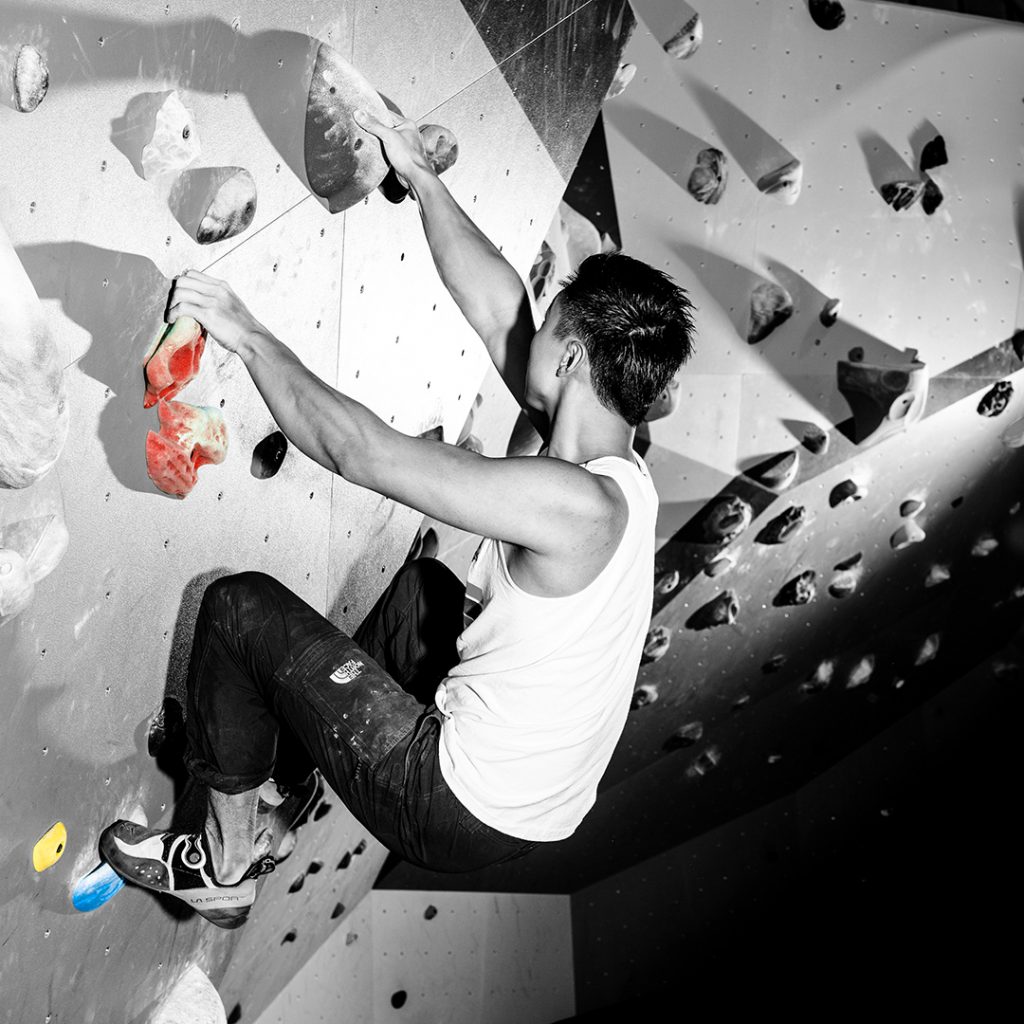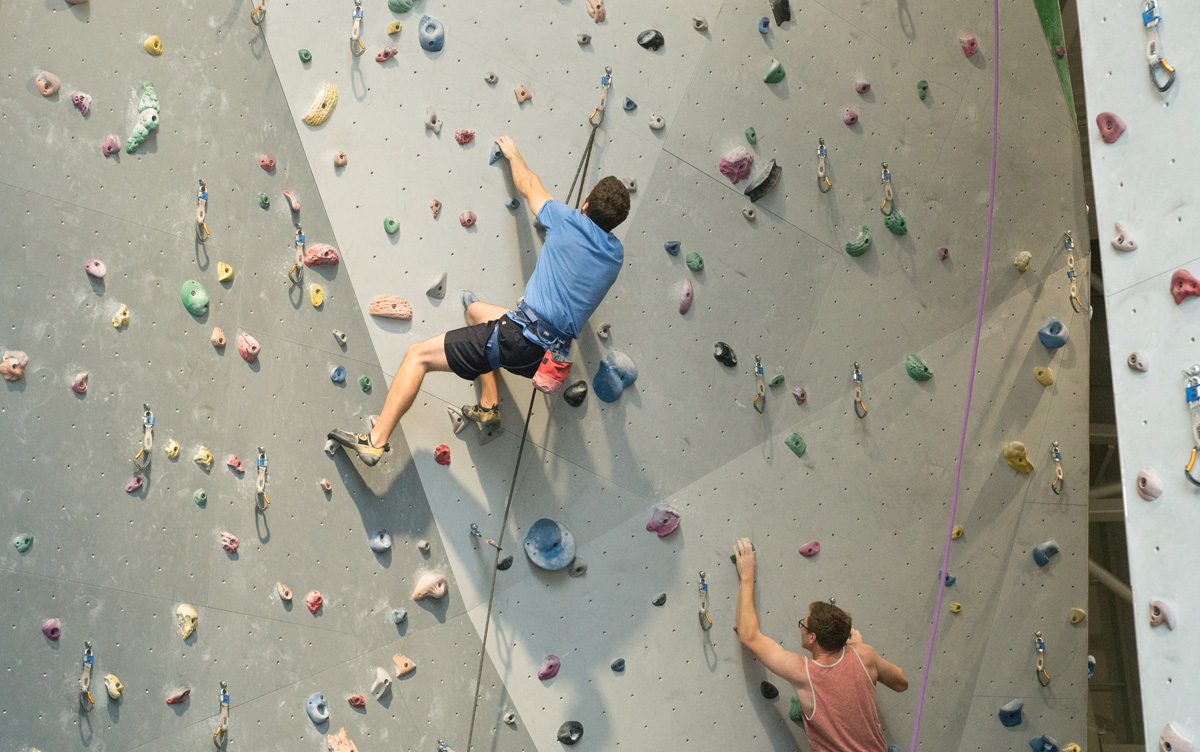For a lot of people, rock climbing is often associated with either images of large mountains, glacier crossings, and Sherpas trekking their way to the top of Mount Everest, or the image of Tom Cruise dangling by his fingertips from high up a cliff face with no rope to catch him as he attempts yet another impossible mission. Thankfully for all of us who participate in the sport, neither of those are the entire story.
Rock climbing has been steadily gaining popularity over the last 15 years. The sport has become so popular that recently, it had been shortlisted for inclusion in the Olympics, but has sadly not yet made it in. In the modern world, rock climbing has become safe, comfortable, and easily accessible. Over the past five years indoor climbing gyms have been popping up all over North America making it easy to stop by a gym after work or school and spend a few hours climbing. The combined mental and physical challenges of climbing provide a well-balanced workout that stimulates the mind and with the body in a fun social environment.
Indoor climbing is comprised of two types of climbing: sport, or roped, climbing and bouldering. Both types consist of gymnastic type movements over vertical or less than vertical terrain. The difference exists in the height and focus of each. A typical sport “route” is between ten to twenty five meters in length. In sport climbing, climbers use a rope, quickdraws, and anchors bolted to the wall to prevent dangerous falls to the ground. Indoor gyms frequently run courses to teach new climbers how to safely use all of this equipment as they require specialized skills. Bouldering, as the name implies, takes place on low lying “boulders”. No ropes are used and each fall results in a return to the ground. Indoor gyms have specially engineered pads laid out under their bouldering areas so that climbers are provided a safe landing zone.
It’s a common misconception that climbing is all about pulling hard with your arms. While you will use your arms while climbing it’s a much more complete body workout then you might first notice. You’ll work your grip strength simply by trying to hold on to the different edges, pinches, and pockets that provide the path up the wall. You’ll activate your back, shoulders, and the rest of your core muscles to keep your body tight to the wall allowing your legs to push your weight up to the top of the wall.
Getting your body into the right position to perform these tasks is part of the mental challenge that climbing provides. Scaling a wall with hands and feet isn’t an everyday occurrence for most people and there are different techniques that make it easier. The best way to learn these techniques is to watch other climbers or just to get on and try and puzzle your way to the top of a route.

Most climbers want to see other climbers succeed. It’s what makes the community at climbing gyms so great. It’s not uncommon to see people sharing advice on how to do a move or cheering someone on as they attempt their latest project. The enthusiasm is infectious and is a big part of what makes the sport so great. A trip to your local gym will show you that climbing is for everyone. Because the sport challenges each athlete differently it isn’t uncommon to see climbers as old as seventy climbing next to someone as young as seven.
With so many great benefits to such a diverse group of people it’s easy to see why climbing is becoming so popular. If you haven’t tried it out already head into your local gym and try it out today. I know you’ll love it just like I do.
Local Indoor Wall-Climbing Facilities
Rock Jungle Fitness
There are over 12,000 vertical square feet of walls space 2 floors of dedicated bouldering walls, thirty-three top rope belay stations, and a dedicated lead climbing area. The route setting team is constantly changing things up to keep all that climbable space fresh and exciting. With new routes & boulder problems set weekly there is always something new to try!
Vertically Inclined
Thousands of pounds of steel, hundreds of plywood sheets, 90 bags of cement, and 10000 T-nuts went into the design of Vertically Inclined. Then, the staff installed more than 4,000 handholds to create 100 routes, and lined up 24 top-ropes before opening the doors to new and experienced climbers alike.
Wilson Climbing Centre
The Wilson Climbing Centre is a brand new, modern climbing structure designed in an iconic building. That will create a new gateway to the University of Alberta’s North Campus. It features a Bouldering Lounge with over 2,700 square feet of bouldering with over 40 boulder problems. The High Wall Loft spans over 7,000 square feet of climbing space to a maximum height of 48 feet with over 50 routes.









